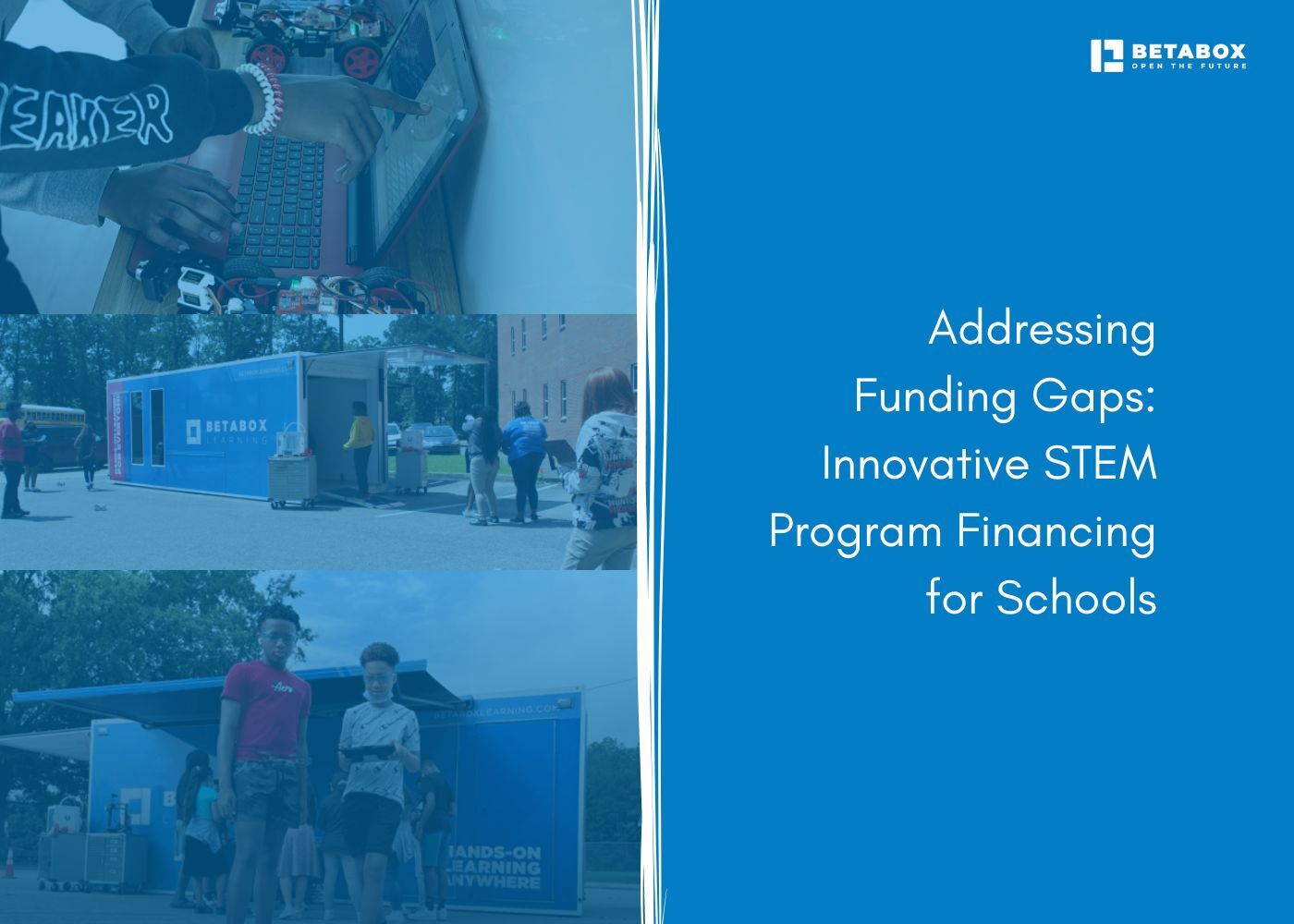
The disparity in STEM education access between high-wealth and low-wealth schools isn't just unfair. It's unsustainable.
Students in under-resourced communities graduate without exposure to the technologies reshaping the economy. Meanwhile, districts struggle to modernize instruction because legacy funding models tie resources to local property taxes, locking out the schools that need support most.
Closing these gaps requires more than good intentions. It demands practical strategies that work within real budget constraints and administrative realities.
Property-tax-based funding creates a vicious cycle. Districts serving lower-income communities collect less revenue, which leads to fewer STEM offerings, which then limits students' career pathways and earning potential.
Competitive grants exist, but many districts lack dedicated grant writers or the administrative capacity to manage complex applications. When a superintendent is also the curriculum director and facilities manager, finding 20 hours to draft a federal proposal becomes impossible.
Even when funding is available, schools often face procurement timelines that don't align with grant cycles. Purchasing equipment before reimbursement arrives can strain already-tight cash flow.
Some funding streams earmark dollars for technology purchases but ignore teacher training or curriculum development. Schools end up with equipment they don't know how to use effectively.
Programs like the Department of Education's STEM Innovation Fund and NSF grants offer substantial awards. However, these require detailed proposals, external evaluations, and matching funds that smaller districts struggle to provide.
Many states allocate competitive or formula-based STEM dollars. Check your state's Department of Education website for current opportunities, application deadlines, and eligibility requirements.
Title I, II, and IV funds can support STEM initiatives when aligned with school improvement plans. Title IV (Student Support and Academic Enrichment) specifically allows for well-rounded educational experiences, including hands-on STEM.
Career and Technical Education dollars under the Perkins Act can fund equipment, professional development, and work-based learning tied to STEM career pathways.
Forward-thinking districts are partnering with STEM employers who need future talent pipelines. These companies fund programs in exchange for community visibility, workforce alignment, and measurable impact.
Betabox connects schools with corporate partners who sponsor hands-on experiences at no cost to the district. These partnerships close funding gaps while giving students exposure to real-world technologies.
The biggest hidden cost in STEM programs isn't equipment. It's time. Coordinating vendors, training teachers, and aligning curriculum drains administrative capacity.
Turnkey solutions bundle everything into a single implementation plan, including funding navigation, materials, and ongoing support. Schools that adopt this model can launch programs in weeks instead of years.
Platforms like DonorsChoose work well for targeted needs: a class set of robotics kits, field trip transportation, or consumable materials. However, crowdfunding alone rarely scales to full program implementation.
Rural districts can pool resources through regional education service agencies or cooperative purchasing agreements. This increases buying power and allows smaller schools to access programming they couldn't afford individually.
Companies invest in education when it serves their workforce development strategy. Research employers in your region who rely on STEM talent, then approach them with a clear value proposition.
Corporate partners want data. Share student participation numbers, pre/post interest surveys, and career pathway enrollment. Transparency builds trust and justifies continued investment.
The easier you make it for a company to participate, the more likely they'll say yes. Programs that require minimal corporate staff time or complex legal agreements get funded faster.
Learn how industry partnerships work when structured around shared goals and streamlined delivery.
Many communities have education foundations that award mini-grants for innovative programs. These typically range from $500 to $5,000 and have simpler application processes than federal grants.
Rotary clubs, Lions clubs, and other civic groups often fund youth development initiatives. Present a concise proposal showing how STEM learning connects to career readiness.
High schools with engaged alumni can tap into professional networks. A single alumnus working in tech may connect you to corporate sponsorship opportunities or in-kind donations.
Before purchasing new equipment, audit what you already have. Underutilized computer labs, makerspaces, or CTE classrooms can be repurposed for STEM instruction.
Invest in programs that grow with your budget. Start with one grade level or building, demonstrate impact, then expand. Trying to do everything at once often leads to half-implemented initiatives that fade.
The best-funded program fails without teacher buy-in. Professional development that models hands-on instruction and provides ongoing coaching creates sustained implementation.
Betabox offers onsite workshops that equip educators to integrate project-based learning into daily instruction.
Funding STEM programs requires a multi-layered strategy. Start by auditing current resources, identifying aligned grant opportunities, and exploring partnership models that reduce implementation barriers.
Request a funding blueprint call to map a customized plan for your district, or explore partnership opportunities that bring hands-on STEM experiences to your students at no cost to your school.
The future of work is changing. Ensuring every student has access to quality STEM education isn't optional. It's essential.
What are common funding challenges for school STEM programs?
Schools face limited local revenue, grant application barriers, upfront costs, and funding streams that don't cover implementation support. Administrative capacity constraints also prevent many districts from pursuing competitive grants.
How can schools secure grants for STEM education?
Start with state and federal education agency websites to identify current opportunities. Consider hiring a grant consultant or partnering with a regional service agency that provides application support. Focus on grants aligned with your existing improvement plans.
What innovative financing options exist for STEM programs?
Public-private partnerships, turnkey implementation models, and regional consortiums offer alternatives to traditional grants. Corporate sponsorships can cover full program costs when structured around workforce development goals.
How can corporate sponsorships support STEM education?
Companies fund STEM programs to build future talent pipelines and demonstrate community investment. Effective partnerships provide measurable outcomes, align with corporate workforce needs, and require minimal staff time from sponsors.
What role does community fundraising play in STEM funding?
Local foundations, service organizations, and alumni networks can provide seed funding for pilot programs or fill gaps in existing initiatives. However, community fundraising works best as a supplement to larger institutional funding rather than a primary revenue source.


Ready to learn how Betabox resources can be implemented at your school or District?
Book a Blueprint Call

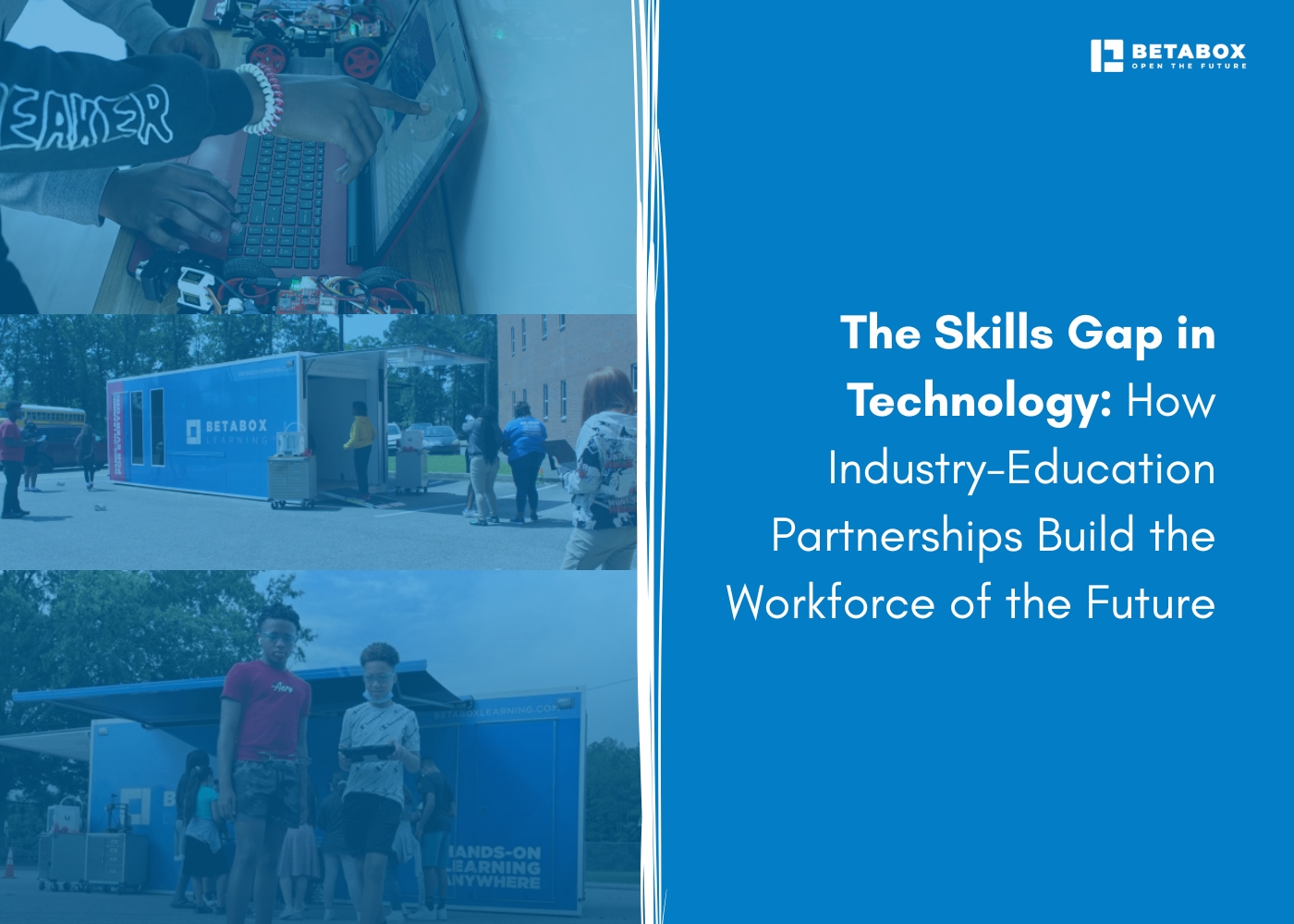

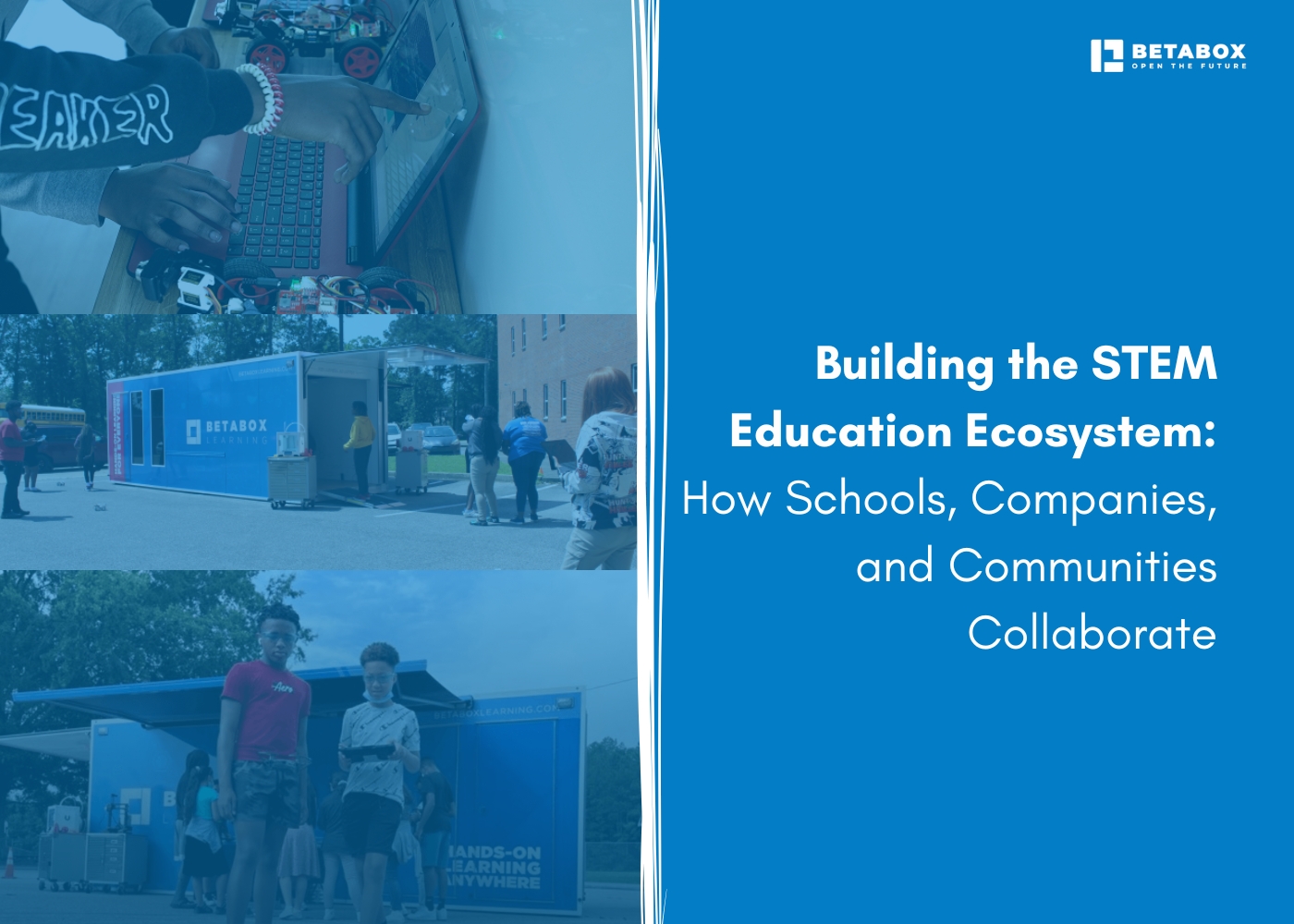

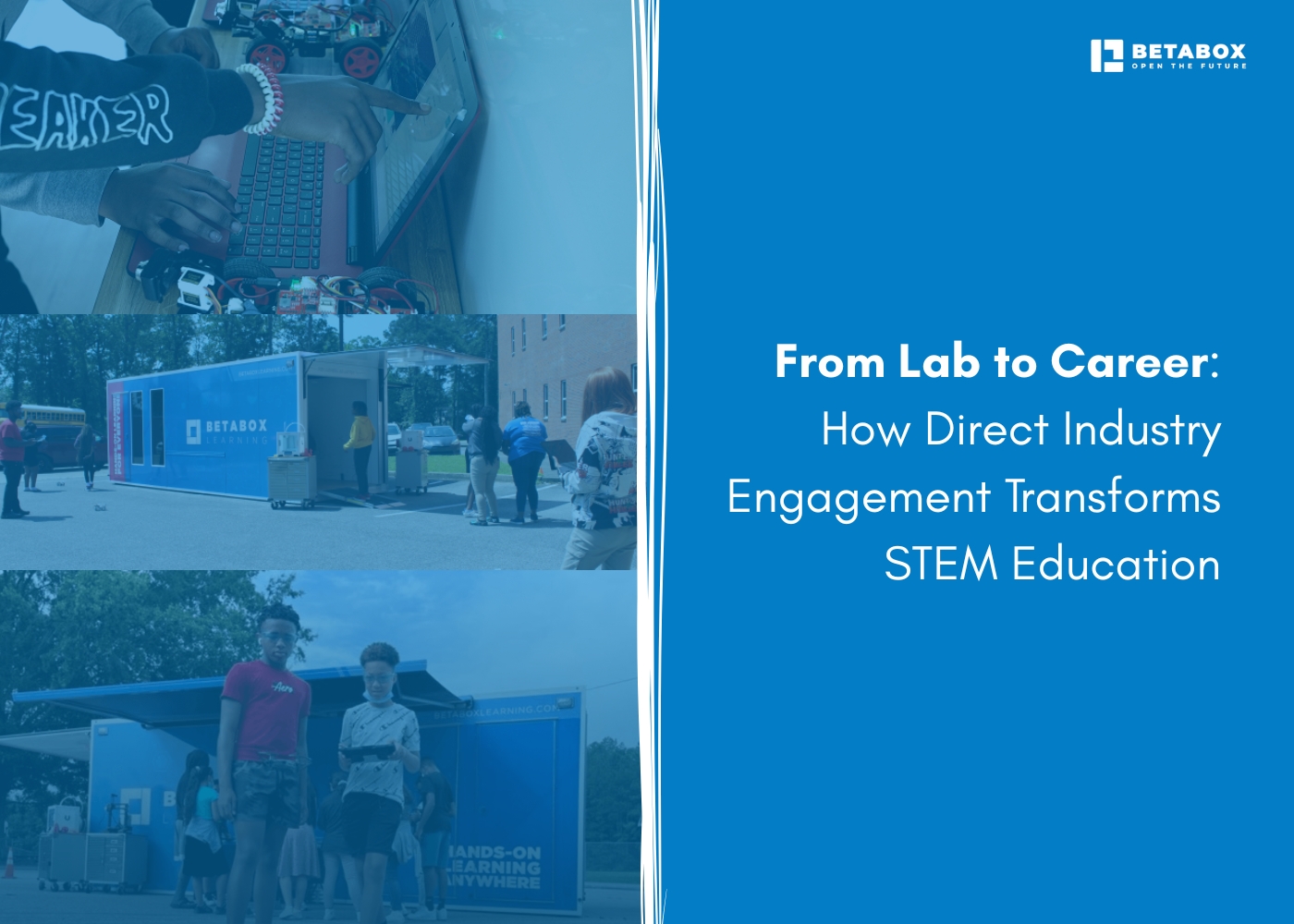

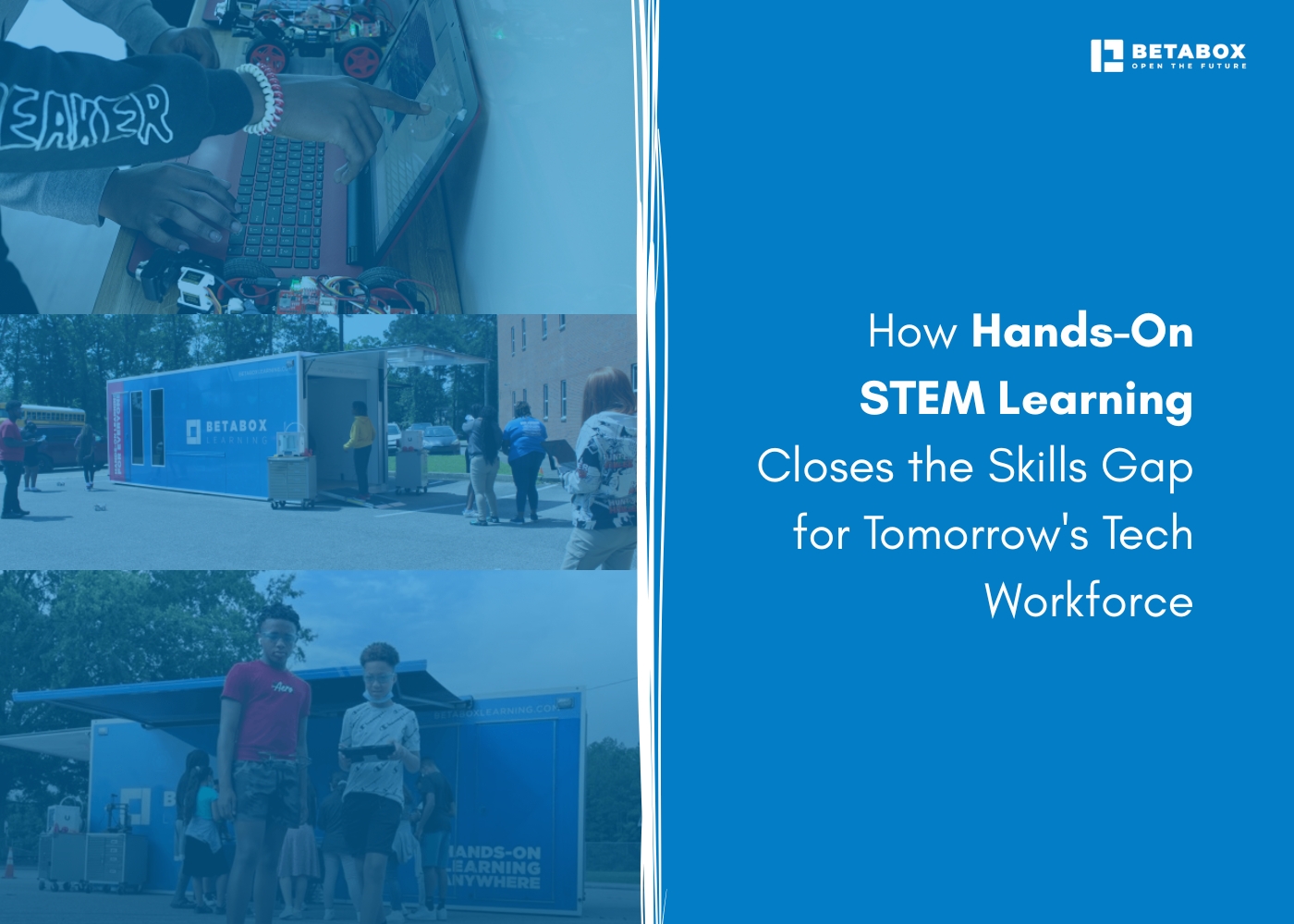

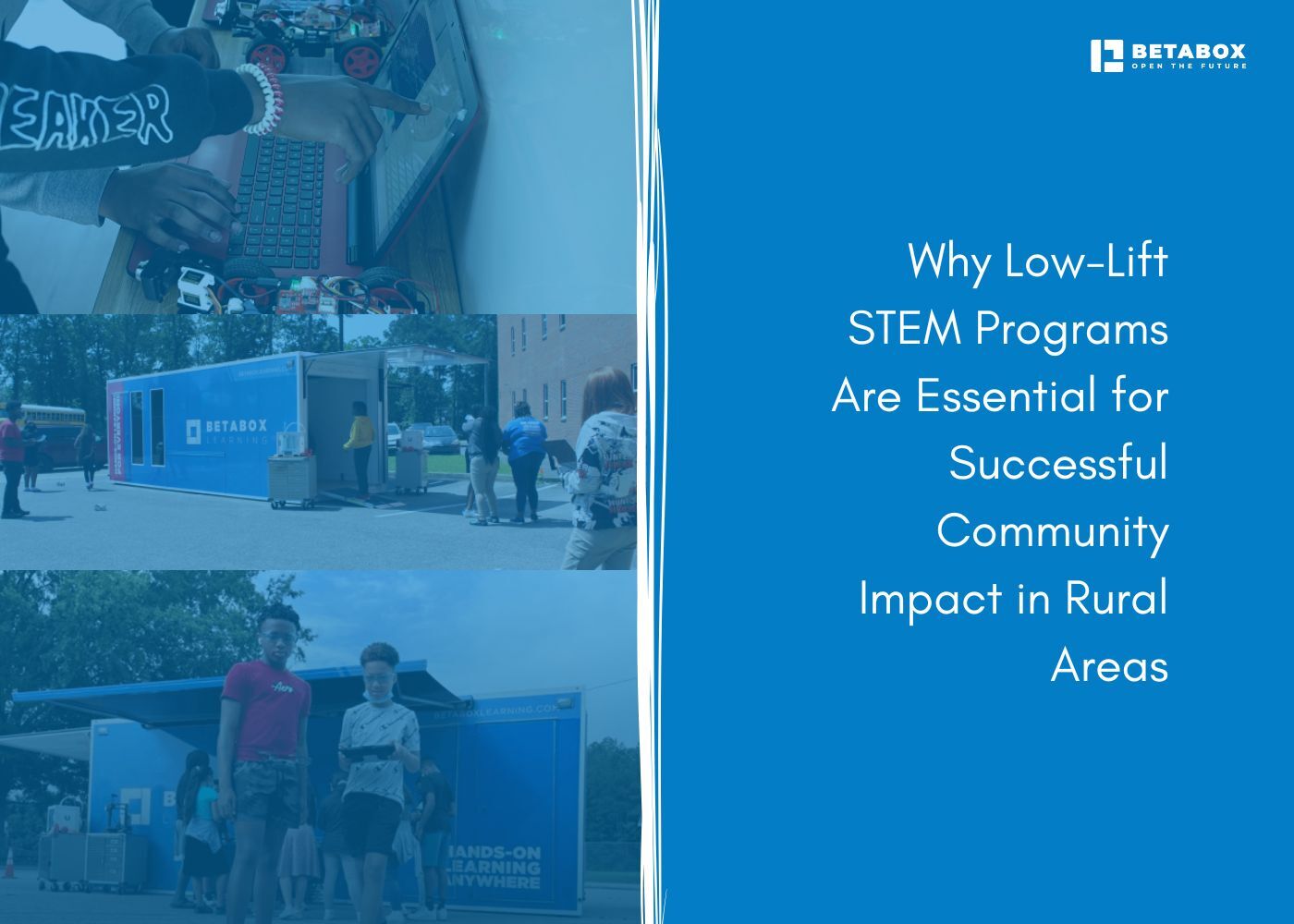

.jpg)

.jpg)

.jpg)

.jpg)





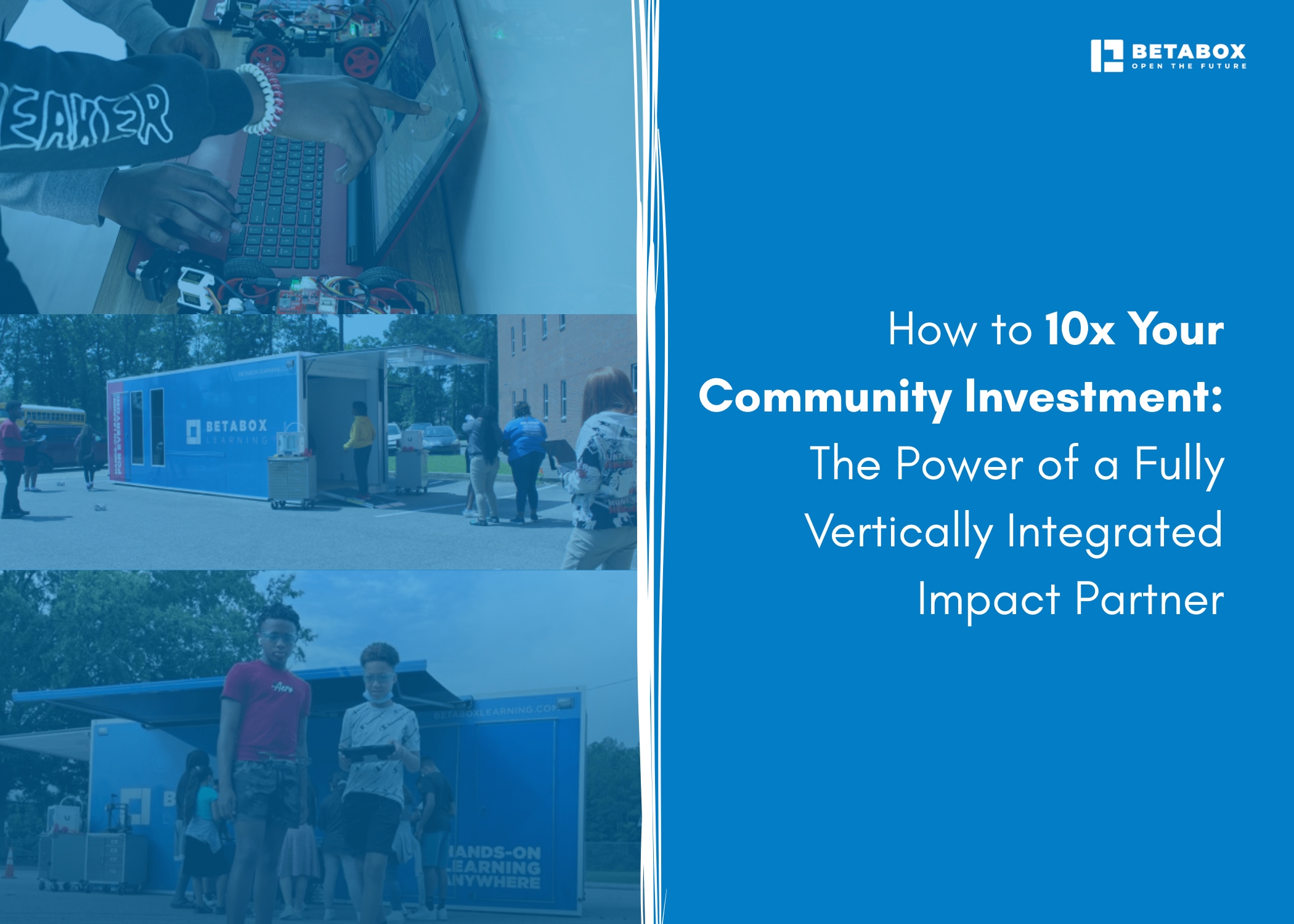

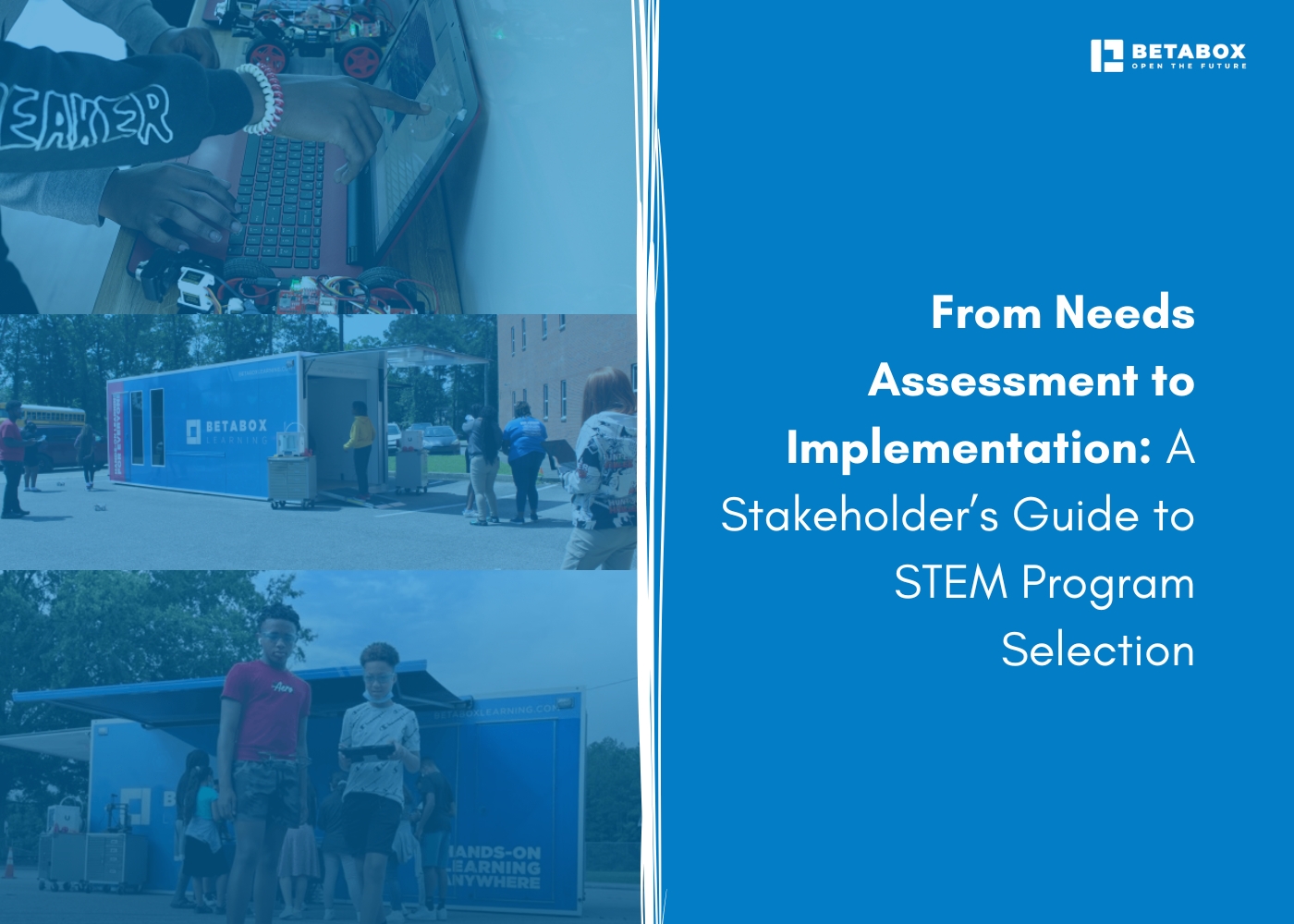

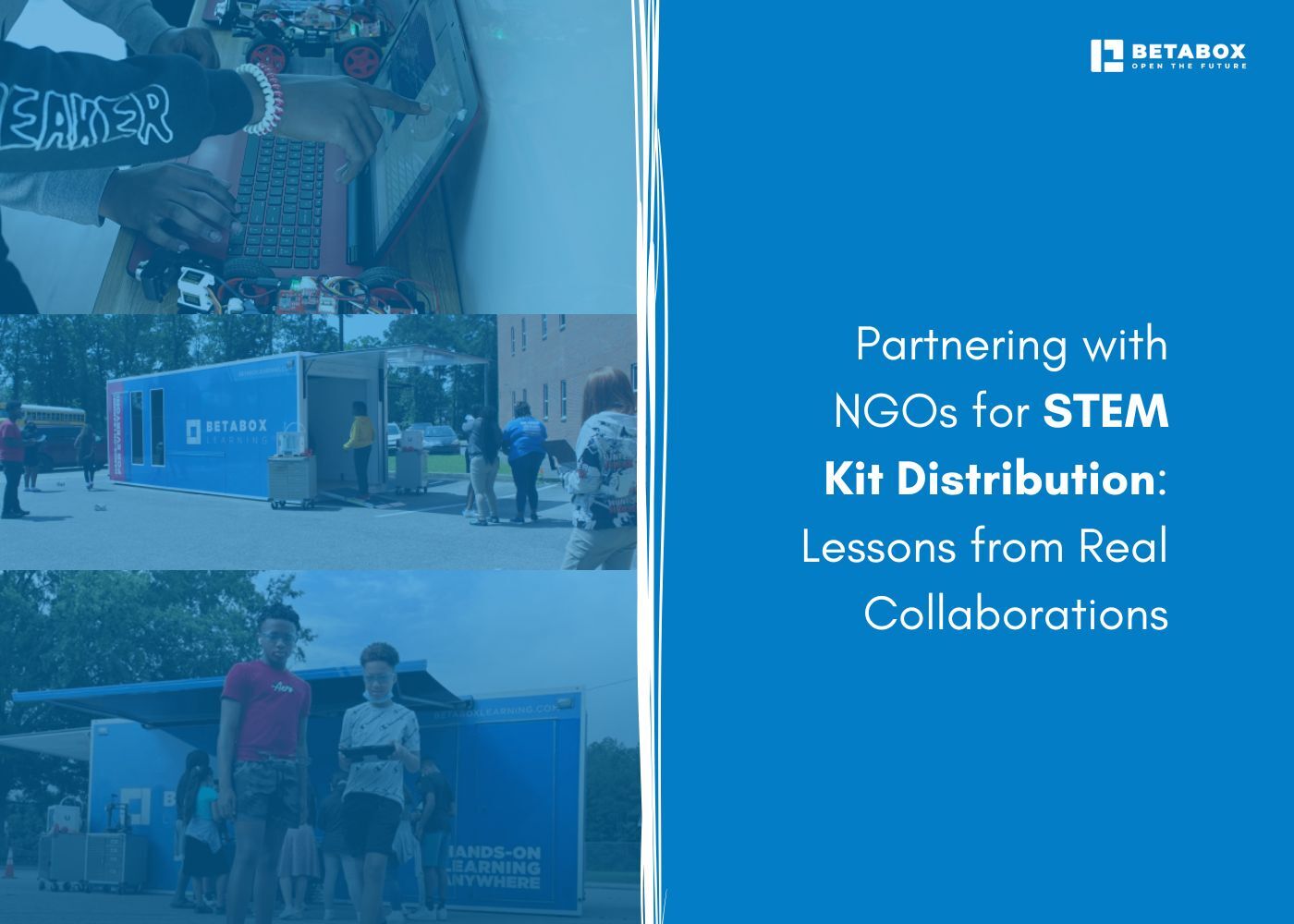

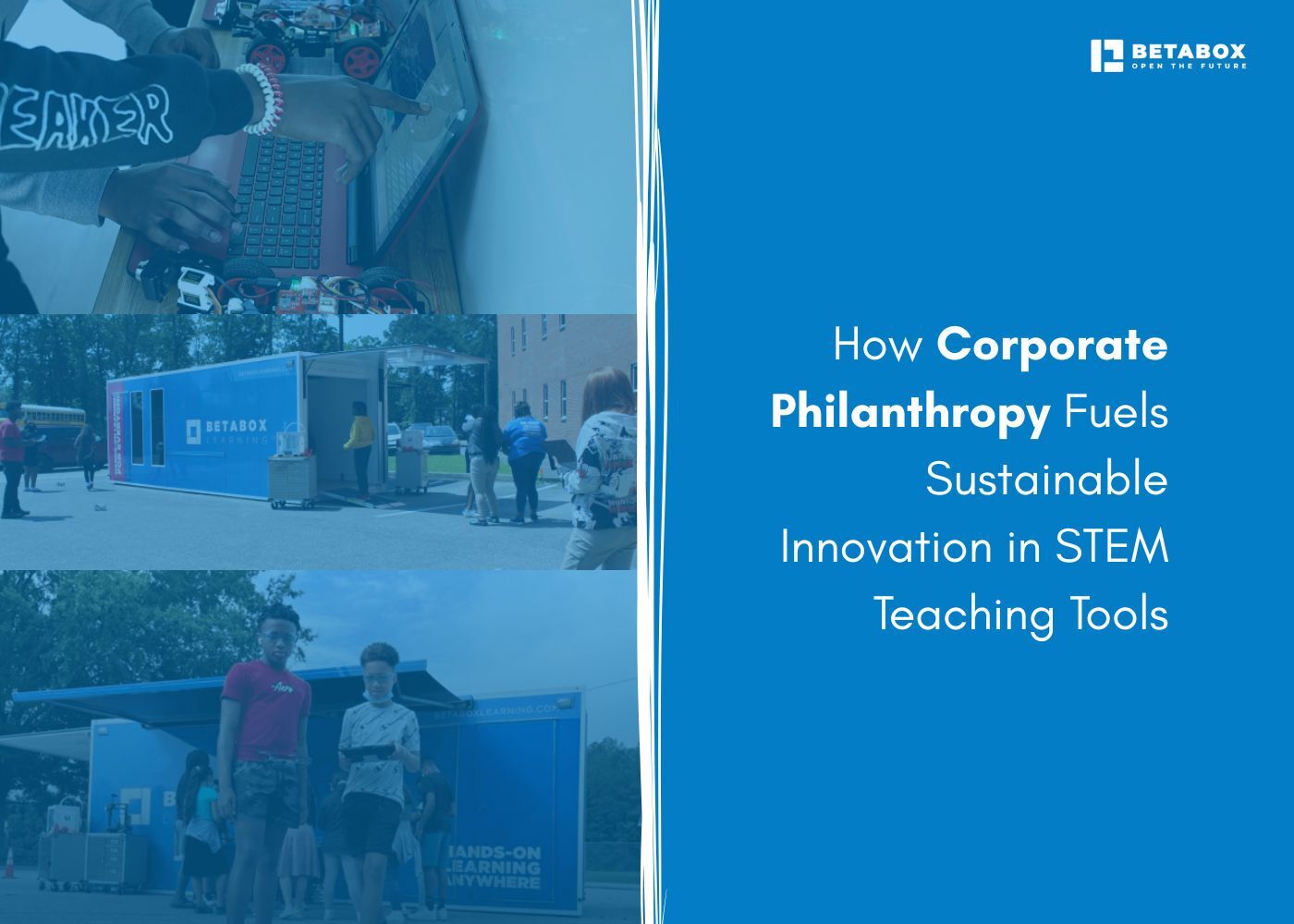

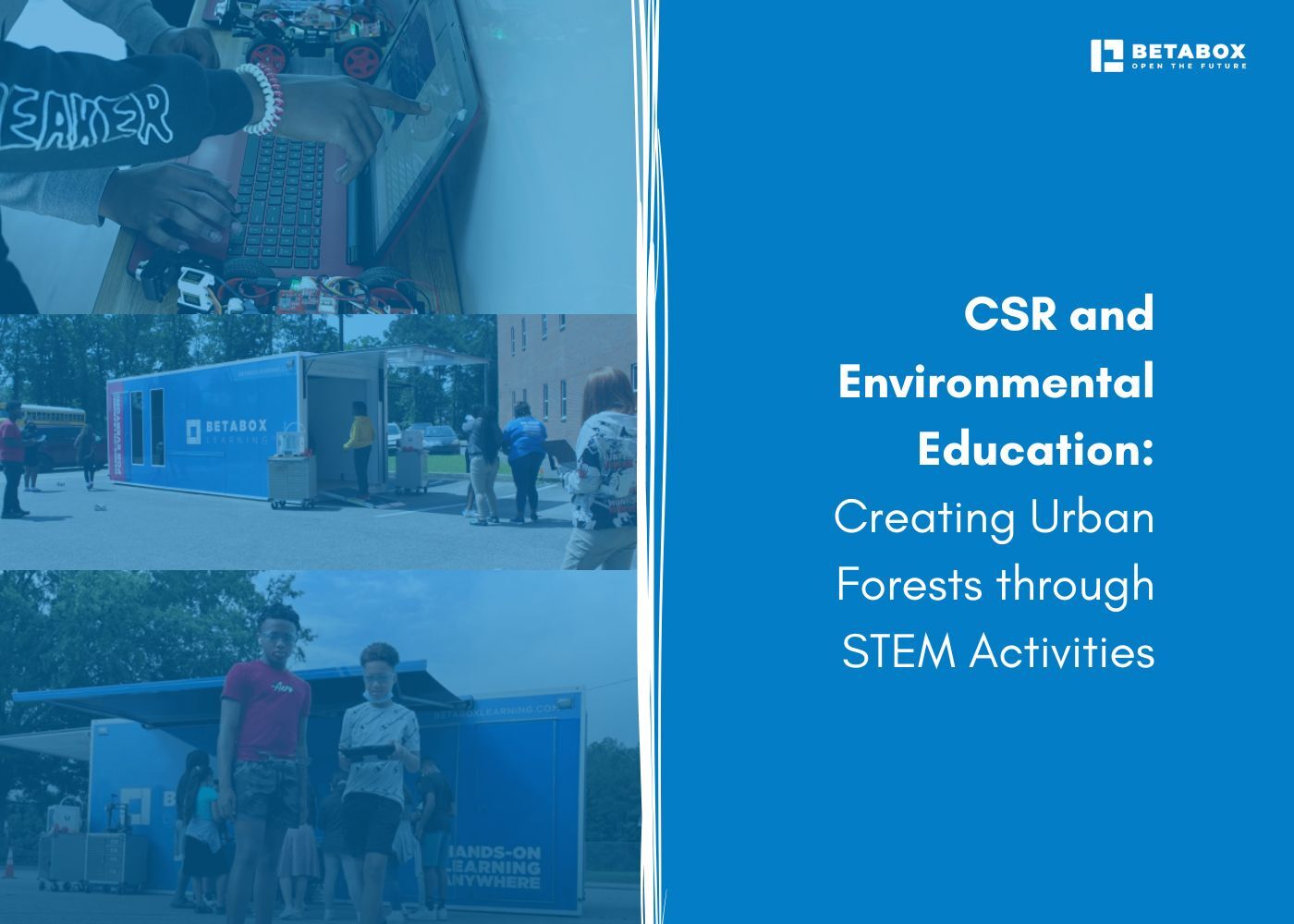

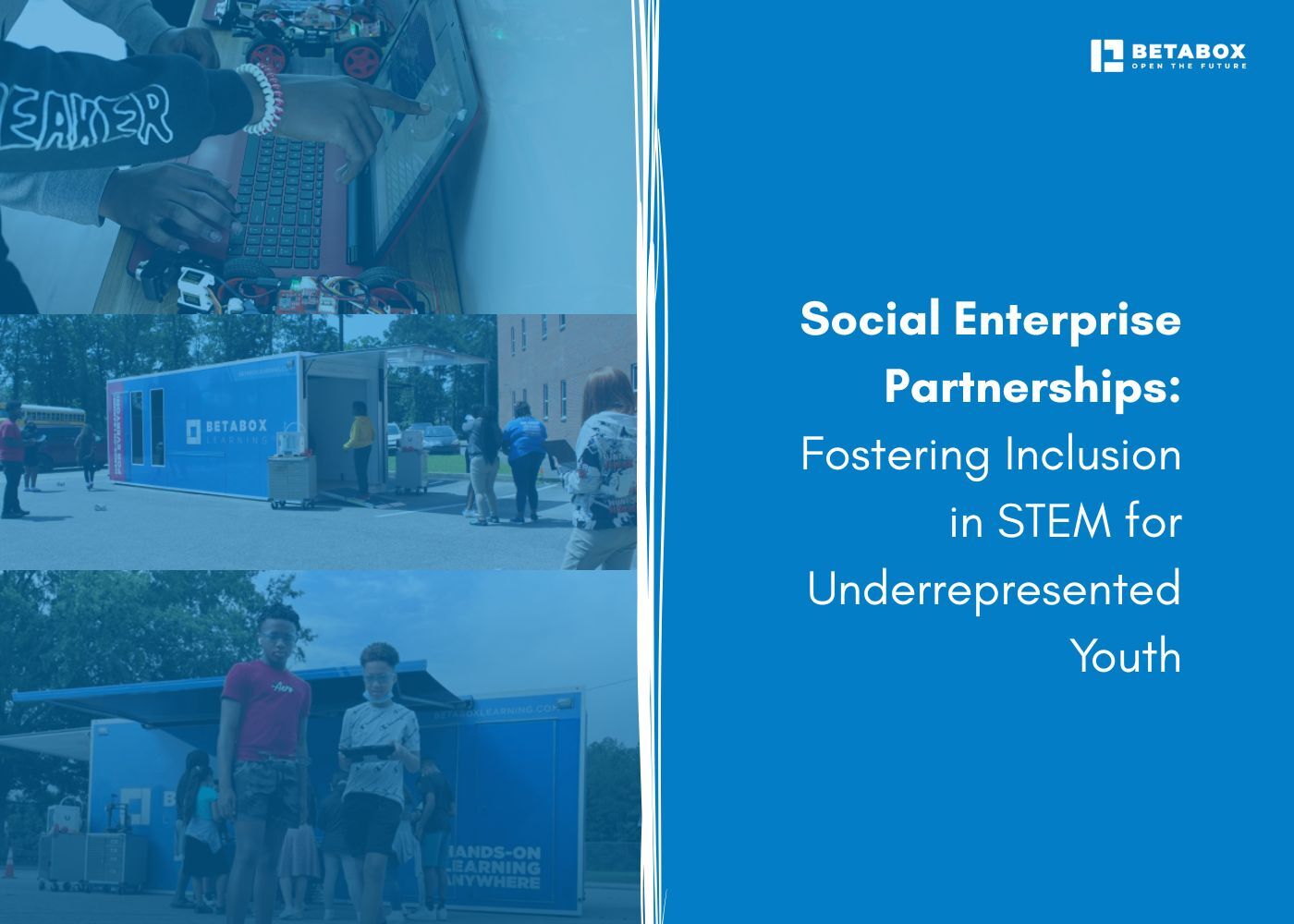

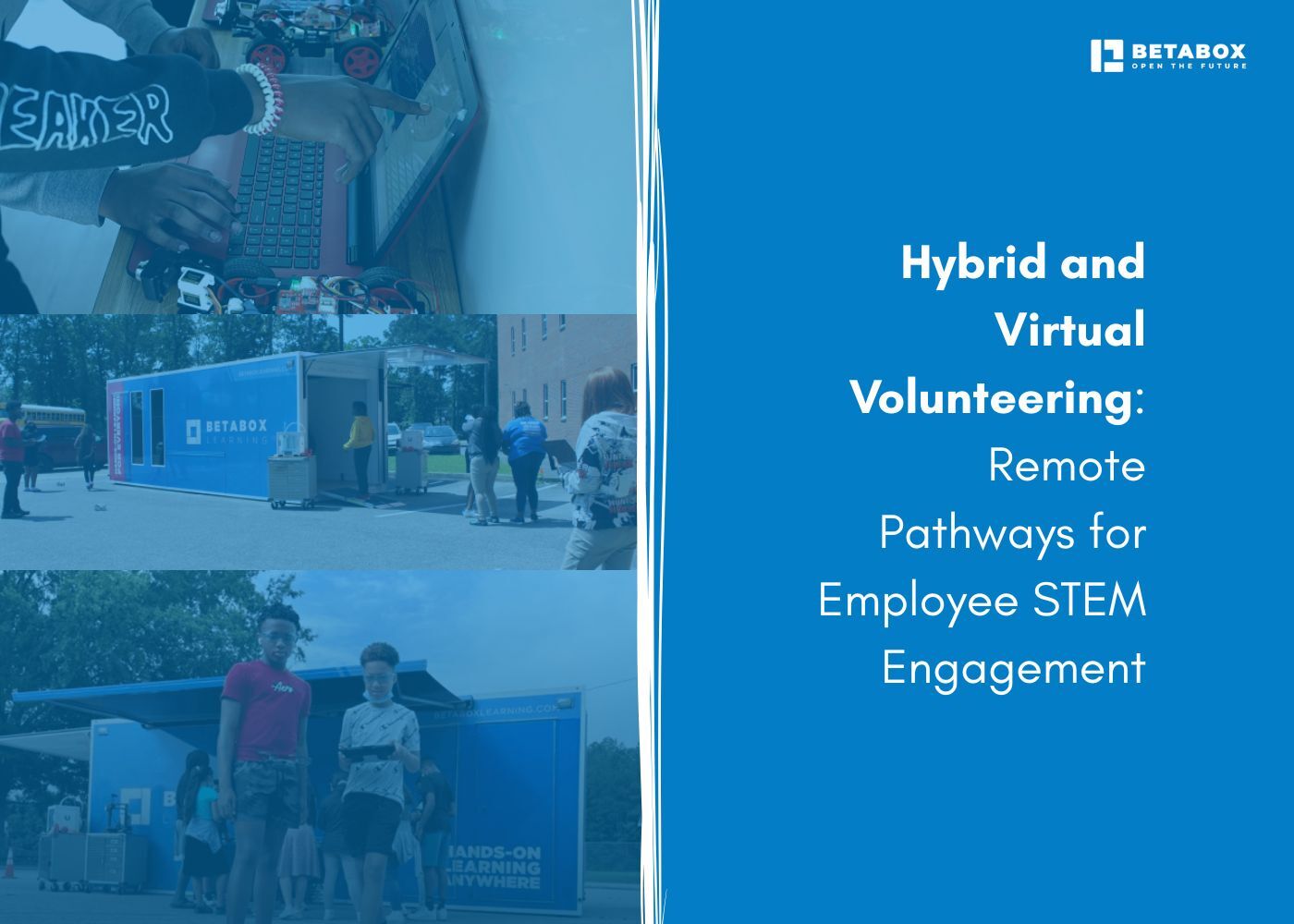

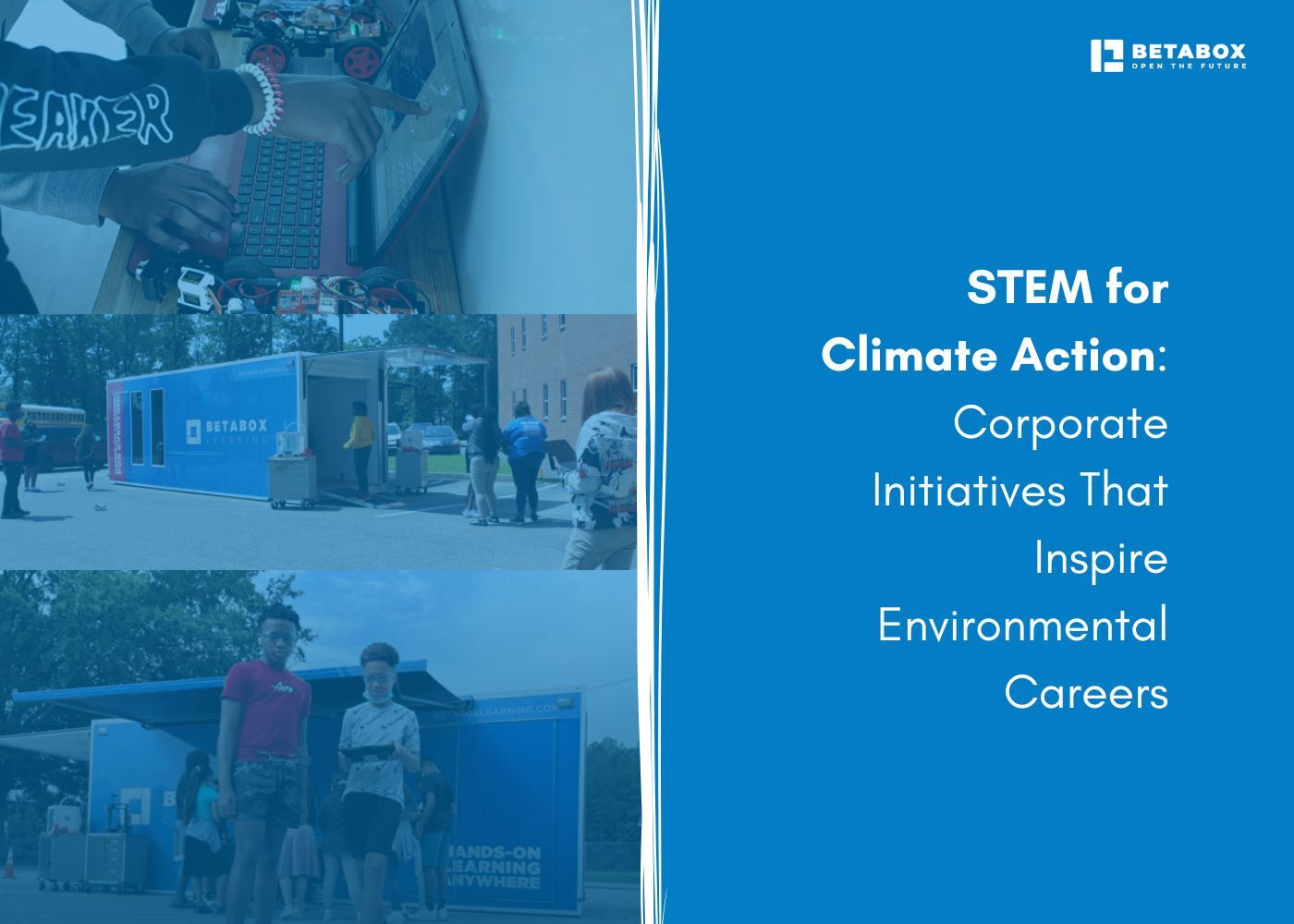



At Betabox Learning, we are passionate about making hands-on STEM curricula accessible to all students.

Join our newsletter to stay in the loop on all things Betabox and the future of STEM education.
By submitting your email address, you agree to our Privacy policy and Terms of Service. You can unsubscribe any time via the link in your email.
© 2025 Betabox. All Rights Reserved
